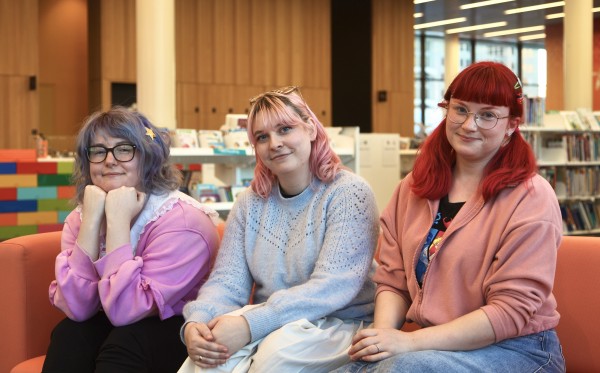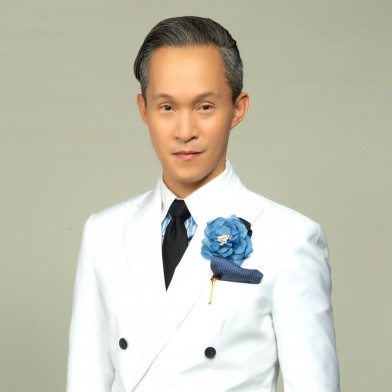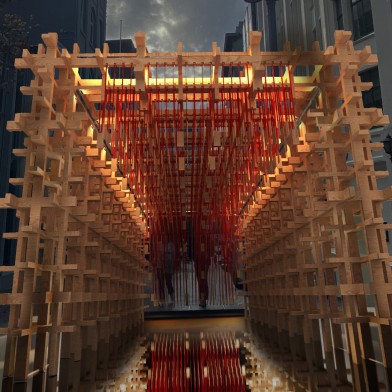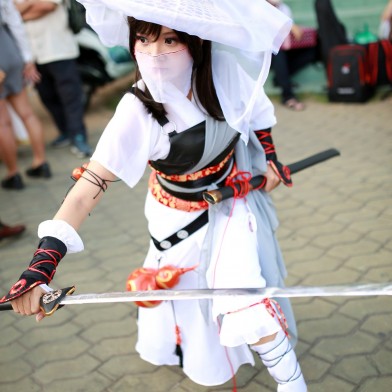An abbreviation for “costume play,” cosplay was a popular fan activity in Japan around the 1970s, but it wasn’t until the 1990s when it started taking off globally thanks to the increasing exposure from magazines and television. Thanks to anime, sci-fi, and fantasy franchies, cosplay is now bigger than ever. Natalie Pham speaks with several cosplayers from across New Zealand to find out about their "second reality".
Malakhai (they/them) recalls their first cosplay convention: Armageddon in Auckland, 2014.
It was their first time dressing up as a character, and when cosplay became more than just a hobby. “Cosplay is like a second reality,” they said.
Based in Auckland, Malakhai is one of a growing number of cosplayers in New Zealand, who dress up as pop culture characters from various sources, including video games, comic books, television shows, and movies. An abbreviation for “costume play,” cosplay was a popular fan activity in Japan around the 1970s.
It wasn’t until the 1990s when it started taking off globally thanks to the increasing exposure from magazines and television. While reasons vary across many cosplayers, most of the time, cosplay is seen as a creative outlet and a means of self-expression.
Cosplayer Malakhai as Hawks from the anime series My Hero Academia. Image: Studio Tsu
Like any art form, cosplay requires dedication. Malakhai would spend months finding suitable materials before building costumes, which could take another couple of months. Out of their 15 costumes, they say, the ensemble of the character Hawks from the anime My Hero Academia took the longest time to build. It was six months of working for hours on top of their full-time job. To replicate the wings, each of the feathers had to be taken off, hand-painted and reconstructed.
It can also be an expensive hobby as each costume can cost more than $400 depending on the complexity, size, and materials. “Also, it can be a little bit more expensive to get things shipped to New Zealand,” Malakhai explained.
While cosplay culture has been in New Zealand for a while, it was pretty much in the dark until recently when cosplayers turned to social media platforms to show off their costume and network with other cosplayers during the pandemic. As more cosplayers started showcasing their work, more people started knowing about the community. To date, the hashtag #cosplay has been viewed 91.6 billion times on the video-sharing platform TikTok.
"Along with the increasing popularity of anime with young people, I think cosplay is becoming mainstream rather than a geeky thing,” Malakhai says. This time last year, Malakhai had 600 followers on Instagram. But now, their account has racked up 11,000 followers.
Despite Covid-19, the annual single-day anime and manga convention Overload, which was founded in 2012, reports a steady increase in attendees. This year, it has nearly doubled the size of the 2017 convention, with 4500 attendees. Nowadays, the ratio between regular attendees and cosplayers has balanced out, said Christchurch-based cosplayer Mikkel Rivett.
“Before, when you went to a convention, you were the minority,” he recalled. “But now it has changed a lot.”
Like Malakhai, Rivett is a long-time cosplayer. He went to his first convention when he was 12 and started cosplaying when he was 15. However, at the time, his costume was simply a t-shirt and a cardboard mask. He built his first armour a year later after being inspired by the game “Dark Souls.” He said every night he would stay up until 2 am, patterning the costume from scratch, layering foams, and carving details.
Cosplayer Mikkel Rivet as the character Artorias from the video game Dark Souls.
Today, he has constructed six costumes. While his hand-sewn outfits cost roughly $300 to $400 to make, his three armour costumes have cost between $800 and $2000. “It has been a mixture of trial and errors, picking up techniques from other cosplayers whenever I get to look inside their builds or hear them talking about their work, or tutorials on Pinterest, or YouTube, or Instagram,” he shared.
These days, his house has become a workshop, with tools and materials floating all over the place. “I have spent more than I would be willing to admit,” Rivett chuckled. “I want to go all out for armour, so I mainly spend on good ceiling foams and tools like airbrush paints.” High-quality foams will give a better result when carved and sanded,
After several years of constructing armour sets, it eventually became a side-hustle for him. So far, he has sold four armour costumes to his friends. Like many costume enthusiasts, Rivett is hoping to turn this into a full-time job.
The rise of cosplay culture in New Zealand has also inspired new ventures. In March this year, three cosplayers ran their first community-focused convention in Christchurch. Bridget Snodgrass, Daisy-May Hanley, and Emily Clearwater initially started Kōwhai Fan Fest as a small gathering for friends. “I thought I would be chuffed if we have 100 people,” logistics manager Bridget Snodgrass said.
“It was our first go, and I didn’t know what the uptake would be like because there hasn’t been a thing like this in Christchurch before.”

Kōwhai Fan Fest organisers Bridget Snodgrass (left), Emily Clearwater, and Daisy-May Hanley
However, the fundraising event and convention quickly exceeded their expectations. Within a few days, they reached their furthest fundraising goal of $3000. Over 400 tickets and 30 spots for vendors were sold out.
The low cost for entry attracted various small businesses and local makers, ranging from arts and stickers to handmade faux fur animal ears. For some vendors, it was their first-time tabling at a convention.
Along with the success of Kōwhai Fan Fest, the trio expanded to a team of nine members. If all goes well, they will host their next convention in March 2022, with a goal of 1500 attendees. While this convention will be on a larger scale, they still aim to feature more local businesses and cosplayers.
“We want to create more opportunities for people to make friends,” Snodgrass said. “In small cities like this, it can feel difficult to find people into anime and cosplay. But it doesn’t have to be.”
Banner image: Kōwhai Fan Fest 2020
- Asia Media Centre


